
Mastering the Lexicon: The Indispensable Role of School Vocabulary Worksheets
In the dynamic landscape of education, vocabulary stands as a foundational pillar, directly impacting a student’s ability to comprehend, communicate, and excel across all subjects. Without a robust lexicon, students struggle to grasp complex texts, articulate their thoughts effectively, and engage critically with new concepts. While direct instruction and reading are crucial, a targeted, systematic approach to vocabulary acquisition is paramount. This is where school vocabulary worksheets emerge as an invaluable tool, providing structured practice, reinforcement, and assessment opportunities that are essential for deep word learning.
This comprehensive article will delve into the multifaceted importance of vocabulary in education, explore the diverse types and benefits of school vocabulary worksheets, and offer insights into their effective design and integration into the curriculum. We will also discuss how these seemingly simple tools can be differentiated for various learners and enhanced by modern technology, ultimately proving their enduring value in fostering academic success.
The Foundational Role of Vocabulary in Education
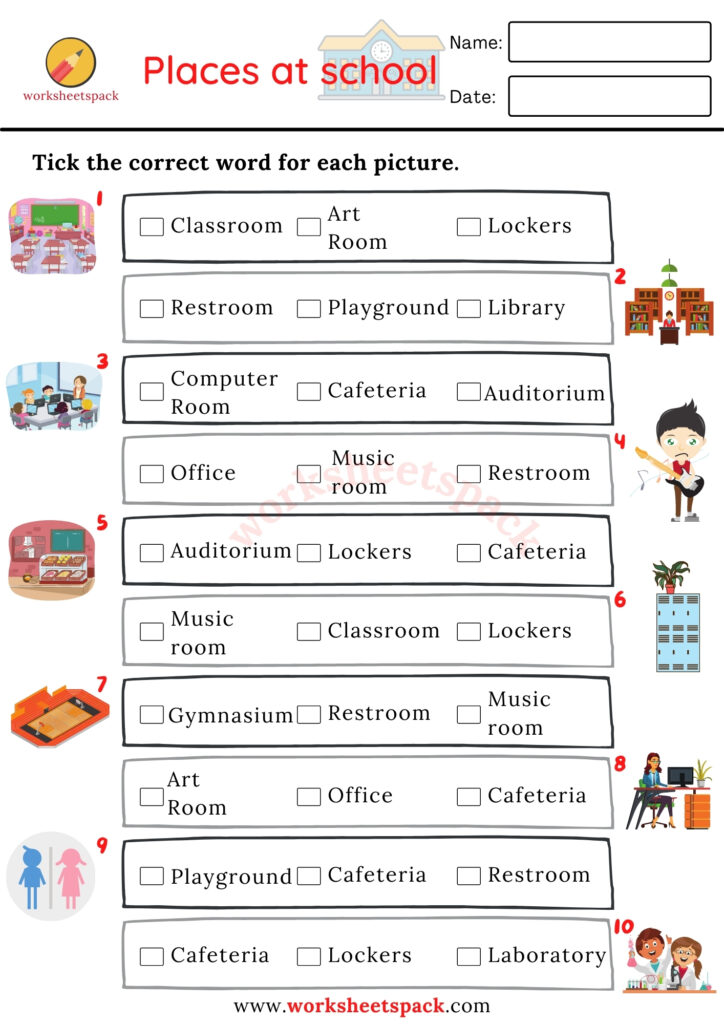
Vocabulary is not merely a list of words; it is the currency of thought. A student’s vocabulary directly correlates with their reading comprehension. If a significant portion of the words in a text is unknown, the meaning of the passage becomes elusive. Beyond reading, a rich vocabulary empowers students in their writing, enabling them to express nuanced ideas with precision and clarity. In oral communication, it allows for more articulate discussions, presentations, and debates.

Moreover, vocabulary is intrinsically linked to critical thinking. Understanding the subtle differences between synonyms, recognizing antonyms, and appreciating the connotations of words are all higher-order thinking skills that a strong vocabulary facilitates. In every subject, from science and history to mathematics and literature, specific domain-specific vocabulary is essential for understanding core concepts. For instance, in biology, terms like "photosynthesis" or "mitosis" are not just words but gateways to complex processes. In history, understanding "imperialism" or "democracy" is crucial for interpreting past events. Thus, developing a rich vocabulary is not an isolated task but a continuous, integrated process that underpins all academic achievement.

What Are School Vocabulary Worksheets?
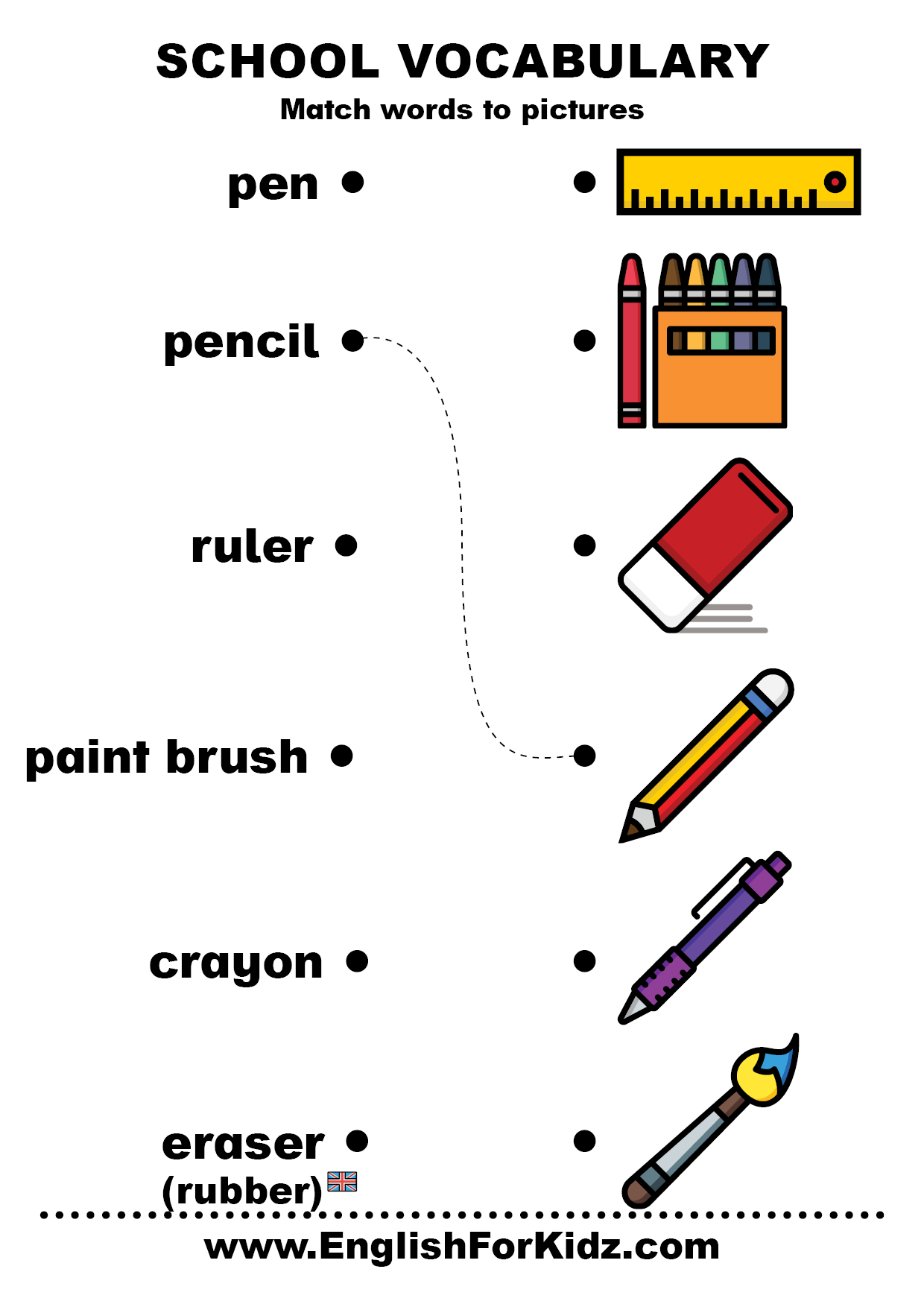
At their core, school vocabulary worksheets are structured educational exercises designed to help students learn, practice, and retain new words. They move beyond simple memorization, aiming for a deeper understanding of word meaning, usage, and context. These worksheets typically focus on a specific set of words, often drawn from current reading materials, subject-specific units, or general academic word lists.
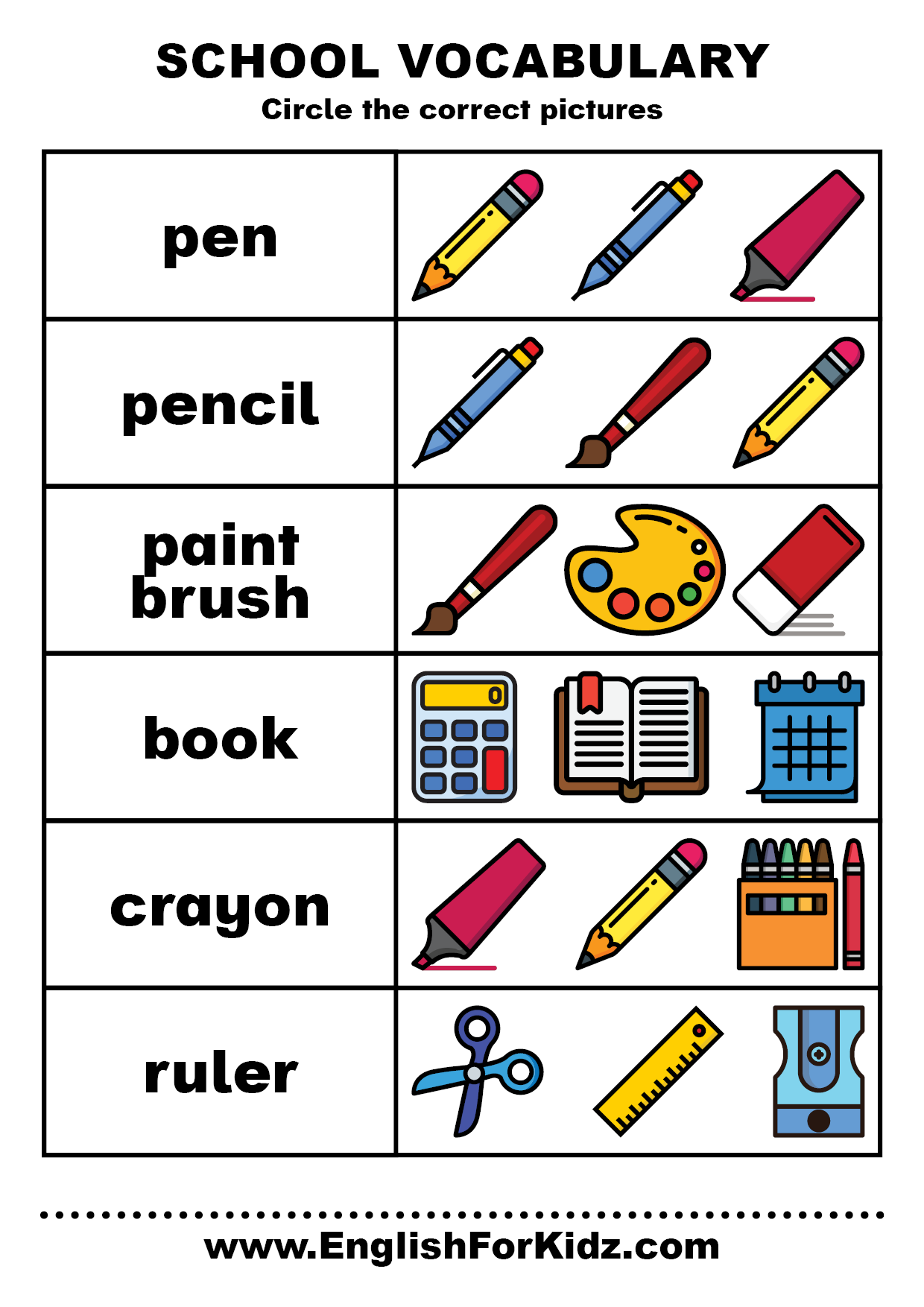
The primary purpose of these worksheets is to provide repeated exposure and varied opportunities for students to interact with new vocabulary. They transform passive learning into active engagement, encouraging students to manipulate words, apply them in different contexts, and connect them to prior knowledge. From elementary school to higher education, these resources serve as a bridge between encountering a new word and truly internalizing it, making it an active part of a student’s working vocabulary.
Key Benefits of Using School Vocabulary Worksheets
The widespread use of school vocabulary worksheets stems from a clear understanding of their pedagogical advantages:
- Reinforcement and Retention: Repetition is key to memory. Worksheets provide multiple opportunities to encounter and work with new words, solidifying them in long-term memory.
- Contextual Understanding: Many exercises require students to use words in sentences or paragraphs, helping them understand how words function in real-world contexts, not just in isolation.
- Improved Reading Comprehension: By pre-teaching or reinforcing words from a text, worksheets equip students with the necessary tools to understand what they read more effectively.
- Enhanced Writing Skills: As students learn new words and their appropriate usage, their writing becomes more sophisticated, precise, and expressive.
- Spelling and Pronunciation Practice: Many worksheet types, such as fill-in-the-blanks or word puzzles, indirectly reinforce correct spelling. When used in conjunction with audio resources, they can also aid pronunciation.
- Independent Learning: Worksheets allow students to practice at their own pace, fostering a sense of autonomy and responsibility for their learning. They can be used for homework, in-class practice, or as part of a learning center.
- Assessment Tool: Teachers can quickly gauge student understanding of specific vocabulary words by reviewing completed worksheets, identifying areas where further instruction or practice is needed.
- Foundation for Future Learning: A strong vocabulary base makes it easier for students to acquire new knowledge across all subjects, as they possess the linguistic tools to interpret and understand increasingly complex information.


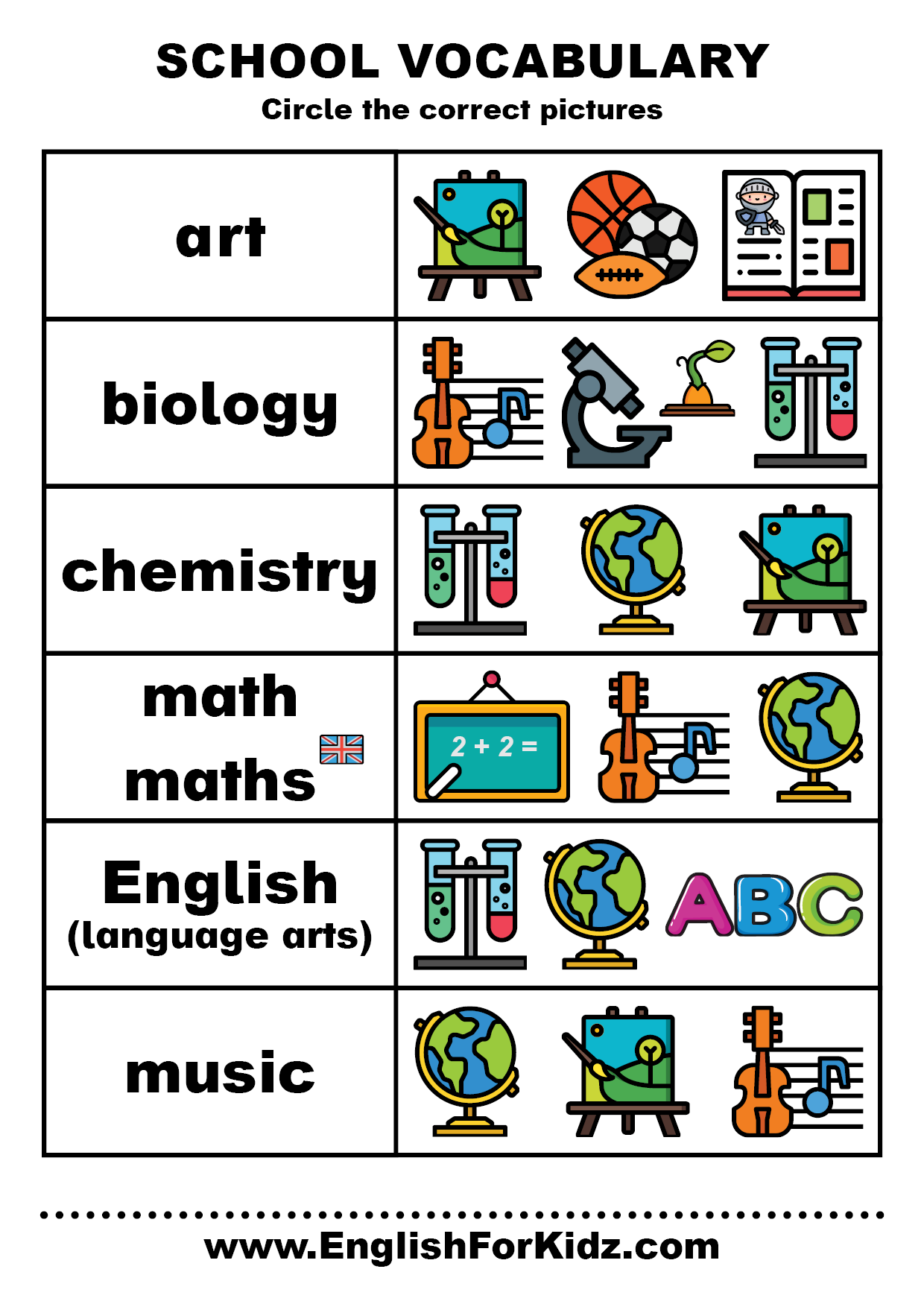
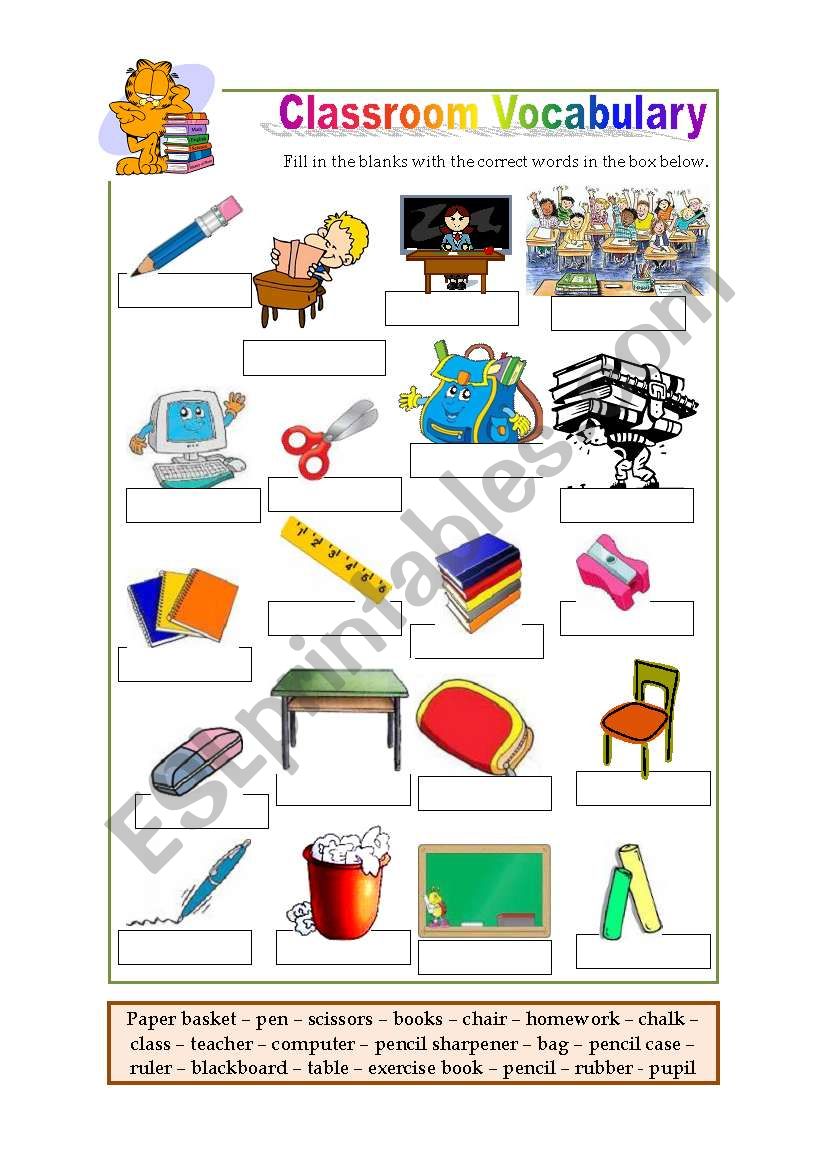
Diverse Types of School Vocabulary Worksheets
The sheer variety of school vocabulary worksheets allows educators to cater to different learning styles and target specific aspects of word knowledge. Some common types include:
- Matching Worksheets: Students match words to their definitions, synonyms, antonyms, or corresponding pictures. Simple yet effective for initial recognition.
- Fill-in-the-Blanks: Students choose the correct vocabulary word from a word bank to complete sentences, emphasizing contextual usage.
- Word Searches and Crossword Puzzles: Fun and engaging, these reinforce word recognition and spelling.
- Sentence Creation: Students are prompted to write original sentences using the new vocabulary words, encouraging application and creativity.
- Analogy Worksheets: Students complete analogies (e.g., "Hot is to cold as big is to ___"), fostering understanding of relationships between words.
- Synonym and Antonym Worksheets: Focus on identifying words with similar or opposite meanings, deepening semantic understanding.
- Concept Maps/Graphic Organizers: Students visually map out new words by connecting them to definitions, examples, non-examples, synonyms, and antonyms. This promotes deeper processing and categorization.
- Categorization/Sorting Activities: Students sort words into thematic groups or categories, enhancing their understanding of word relationships.
- Multiple Choice Questions: Students select the best definition or the word that best fits a given sentence.
- Creative Writing Prompts: Students are given a list of vocabulary words and tasked with incorporating them into a short story, poem, or descriptive paragraph. This combines vocabulary practice with creative expression.
The effectiveness of these worksheets often lies in combining several types of exercises within a single worksheet or across a series, ensuring that students interact with the words in varied and meaningful ways.
Designing Effective School Vocabulary Worksheets
Creating or selecting effective school vocabulary worksheets requires thoughtful consideration. Here are key principles:
- Relevance: Vocabulary words should be relevant to the current curriculum, reading materials, or academic needs of the students. Contextualized words are more likely to be learned and retained.
- Clear Instructions: Instructions must be concise and easy for students to understand, minimizing confusion and maximizing independent work time.
- Variety of Exercises: Avoid monotony by incorporating different exercise types within a single worksheet or by varying the format across different worksheets.
- Gradual Difficulty: Introduce words and concepts incrementally. Start with simpler tasks (matching, fill-in-the-blanks) and progress to more complex applications (sentence creation, analysis).
- Engaging Design: Use clear fonts, appropriate spacing, and occasional graphics or images to make the worksheets visually appealing and less daunting.
- Answer Keys: Providing answer keys, especially for self-correction, empowers students to take ownership of their learning and receive immediate feedback.
- Targeted Word Lists: Focus on a manageable number of words per worksheet (e.g., 5-10 words for younger students, 10-20 for older ones) to avoid overwhelming learners.
Integrating Worksheets into the Curriculum
School vocabulary worksheets are most effective when seamlessly integrated into the broader curriculum, rather than being treated as isolated assignments.
- Pre-reading Activities: Introduce key vocabulary before students read a text. This builds background knowledge and improves comprehension.
- Post-reading Review: Use worksheets to reinforce words encountered in a text, deepening understanding and retention.
- Homework Assignments: Worksheets can serve as effective homework, providing independent practice and reinforcing classroom learning.
- Learning Centers/Stations: In elementary classrooms, worksheets can be part of a rotating learning center focused on language arts.
- Warm-ups or Bell Ringers: A short vocabulary exercise at the start of class can activate prior knowledge and set a positive tone for learning.
- Assessments: Worksheets can be used as formative assessments to check understanding before moving on to new material.
Differentiating with School Vocabulary Worksheets
One of the strengths of school vocabulary worksheets is their adaptability for diverse learners.
- For Struggling Learners:
- Reduce the number of words.
- Provide more scaffolding (e.g., word banks with fewer distractors, sentence starters).
- Include visuals or realia to aid understanding.
- Offer opportunities for peer support or teacher guidance.
- Use simpler sentence structures in fill-in-the-blank exercises.
- For Advanced Learners:
- Challenge them to use words in more complex sentences or paragraphs.
- Encourage them to explore etymology (word origins) or morphology (prefixes, suffixes, roots).
- Ask them to create their own analogies or puzzles using the words.
- Have them write a short essay or debate using a specific set of vocabulary words.
- Introduce more nuanced vocabulary, including words with multiple meanings or subtle connotations.
- For English Language Learners (ELLs):
- Prioritize cognates (words similar in both languages) where applicable.
- Integrate visuals heavily.
- Allow for the use of translation tools or bilingual dictionaries.
- Provide opportunities for oral practice and peer interaction.
- Focus on high-frequency academic words that appear across subjects.
The Role of Technology in Enhancing School Vocabulary Worksheets
While traditional printouts remain valuable, technology has opened up new avenues for enhancing school vocabulary worksheets:
- Online Worksheet Generators: Numerous websites allow teachers to quickly create customized matching, fill-in-the-blank, or crossword puzzles by simply inputting their word lists.
- Interactive Digital Worksheets: Platforms like Google Forms, Nearpod, or specific educational apps allow for interactive, self-grading vocabulary exercises, providing instant feedback to students.
- Gamification: Digital tools can transform vocabulary practice into engaging games, complete with points, levels, and leaderboards, boosting motivation.
- Multimedia Integration: Digital worksheets can embed audio pronunciations, video clips demonstrating word usage, or interactive images, catering to various learning preferences.
- Data Tracking: Online platforms can track student progress, identifying words or concepts where students are struggling, allowing for targeted intervention.
- Accessibility Features: Digital worksheets can often be adapted for students with special needs, offering features like text-to-speech, adjustable font sizes, or color contrast.
Conclusion
In conclusion, the cultivation of a rich and functional vocabulary is undeniably one of the most critical objectives of education. It is the bedrock upon which comprehension, effective communication, and critical thinking are built. While comprehensive language instruction encompasses various strategies, school vocabulary worksheets stand out as an exceptionally versatile and effective tool in this endeavor.
From reinforcing basic word recognition for young learners to challenging advanced students with nuanced applications, these worksheets offer structured, repeatable practice that is vital for long-term retention. Their adaptability allows for differentiation, ensuring that every student, regardless of their learning profile, can benefit. Furthermore, the integration of technology has only expanded their potential, making them more engaging, interactive, and accessible.
By thoughtfully designing, strategically integrating, and continually adapting school vocabulary worksheets, educators can empower students to not only expand their lexicon but also to truly master the art of language, unlocking academic success and fostering a lifelong love of learning. Investing in effective vocabulary instruction, with worksheets as a cornerstone, is an investment in a student’s entire educational journey.
